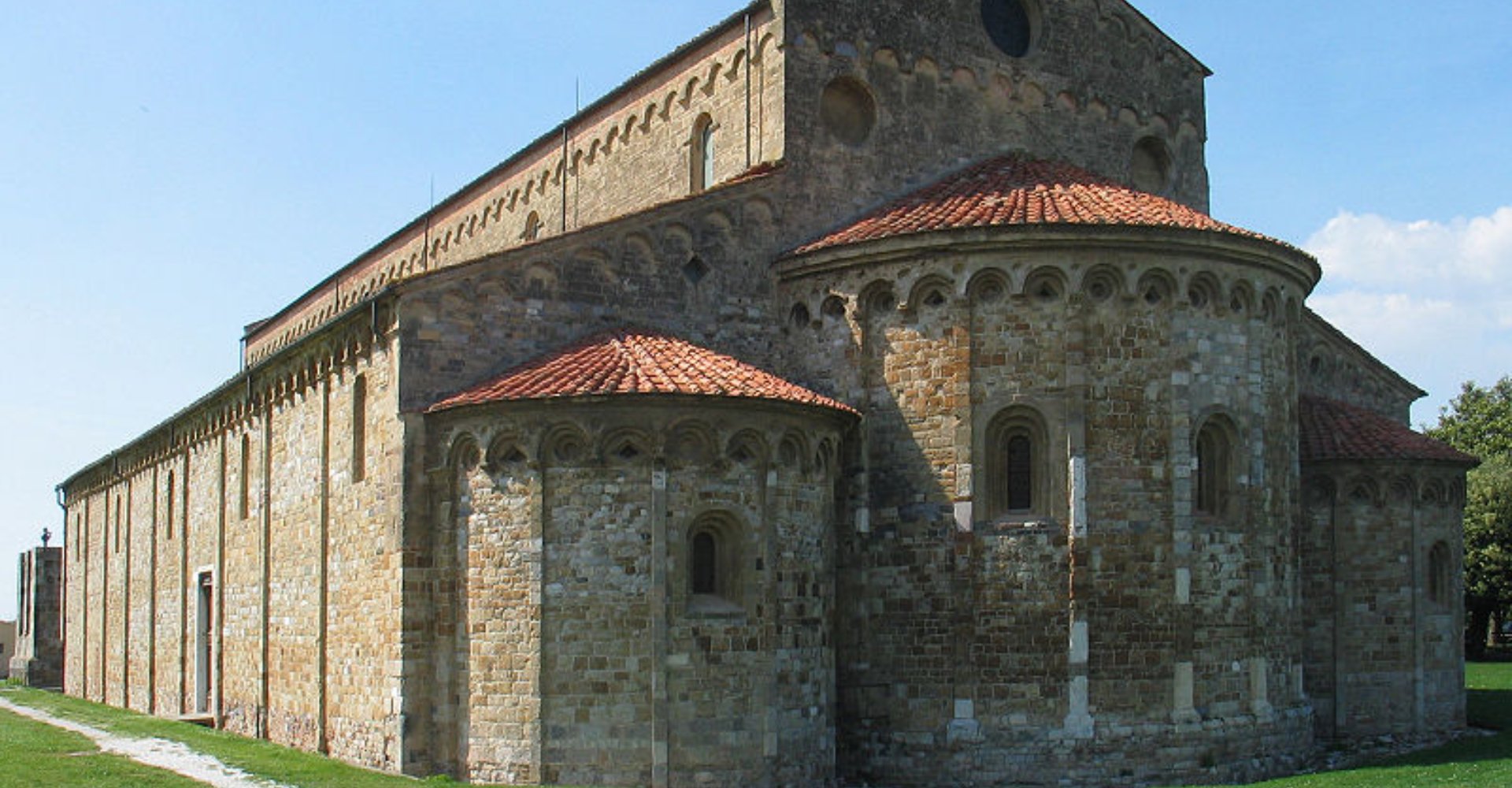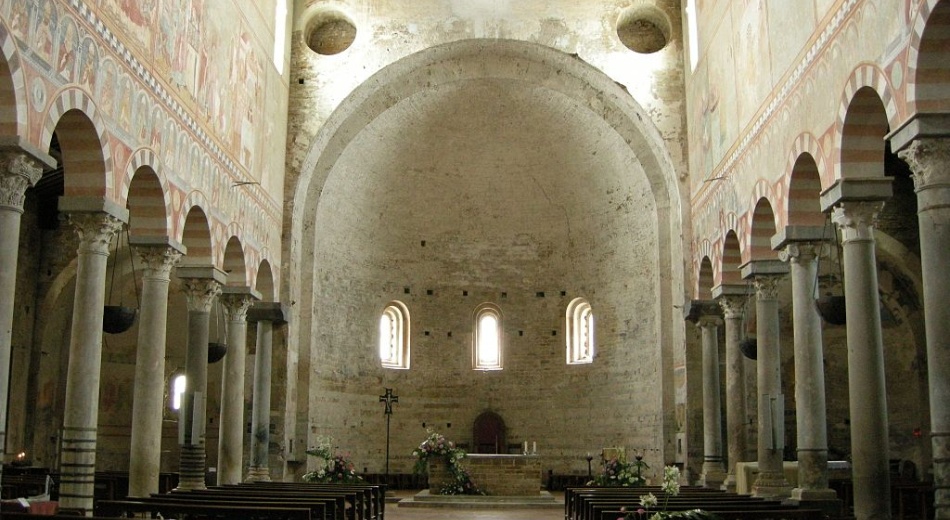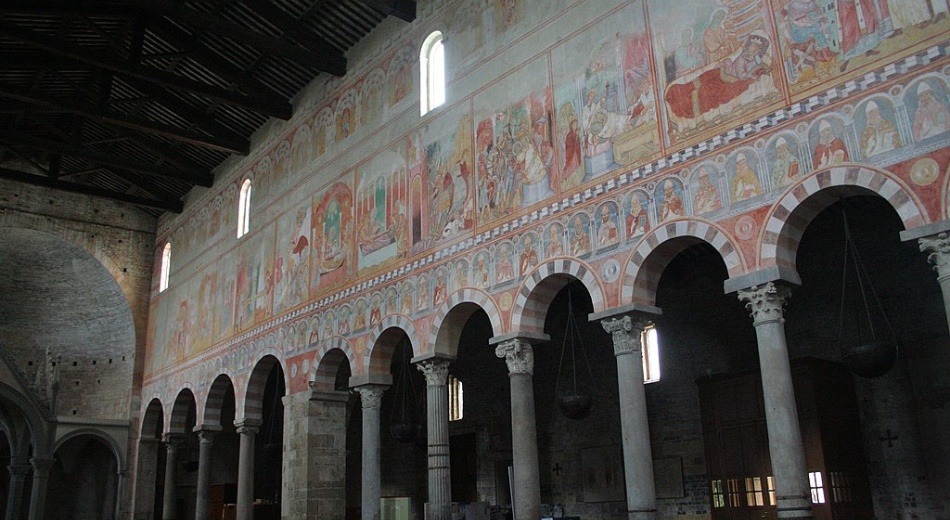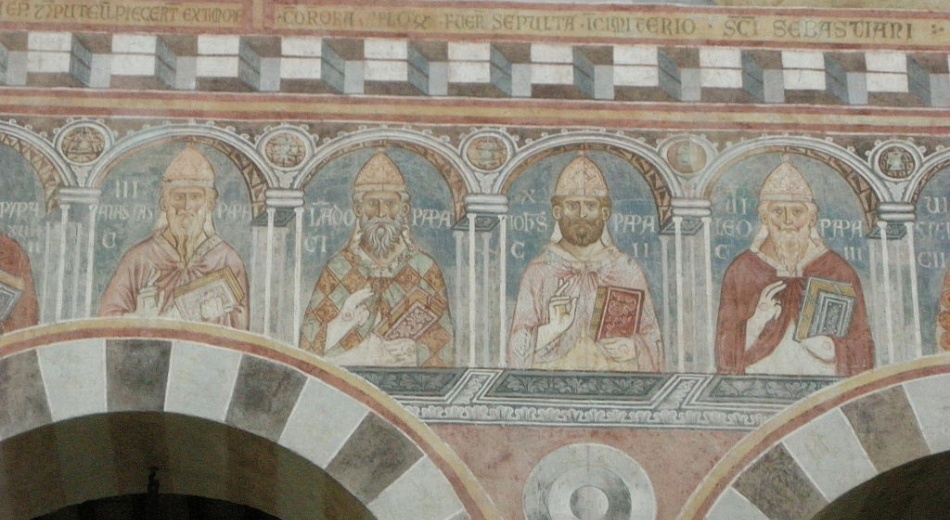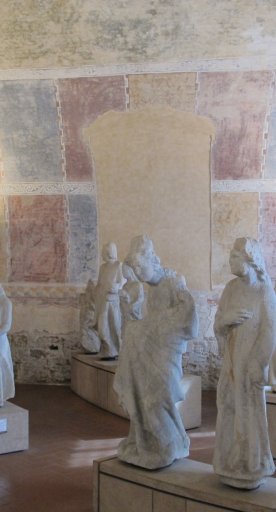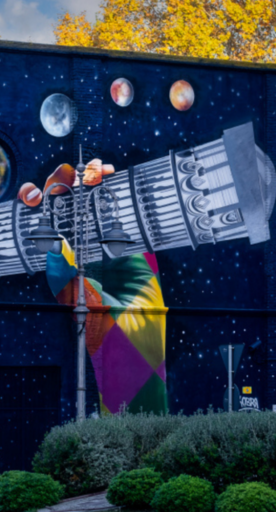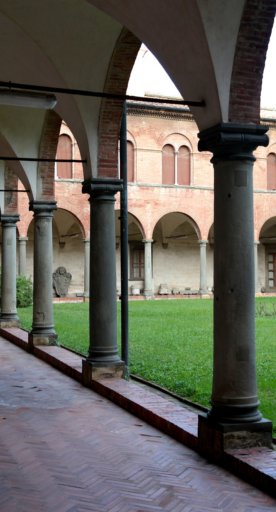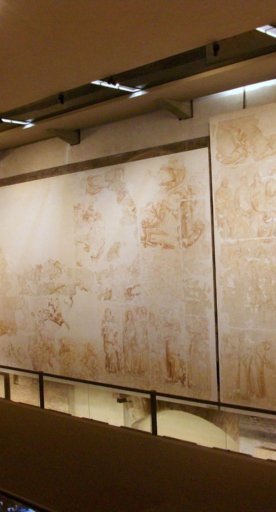Basilica of San Piero a Grado
One of the best examples of sacred architecture in Pisa
The Basilica of Saint Peter the Apostle, also called of San Piero a Grado, is located in the municipality of Pisa. The church stands in the place at which, according to tradition, St. Peter arrived during one of his voyages from the Aegean to Rome. It rose in the 11th century on the remains of an early Christian temple from the 4th-5th centuries, whose ruins can still be observed inside.
A magnificent example of Pisan-Romanesque style, built of tuff stone and white marble originating from Roman remains, the church of St. Peter the Apostle is characterized by a double order of apses: three face east and only one faces west, with the main door on the northern flank. The external ornamental motifs consist of pilasters, blind arches and 64 Islamic-derived ceramic basins. The latter are preserved today in the Museo Nazionale di San Matteo (National Museum of St. Matthew), in Pisa. At the back is the bell tower, which was blown up in 1944 by retreating Nazi troops and later rebuilt only partially.
Inside, the triple order consists of the large columns with capitals and arches decorated in red; above them are represented all the Pontiffs up to John XVII (proclaimed pope in 1003), with the indication of the name of each one of them. This is an extremely valuable iconographic testimony, as the only other set of portraits of the early popes is in Rome, in St. Paul's Basilica.
Splendid the cycle of frescoes on the life of St. Peter by the artist from Lucca Deodato Orlandi (14th century).
